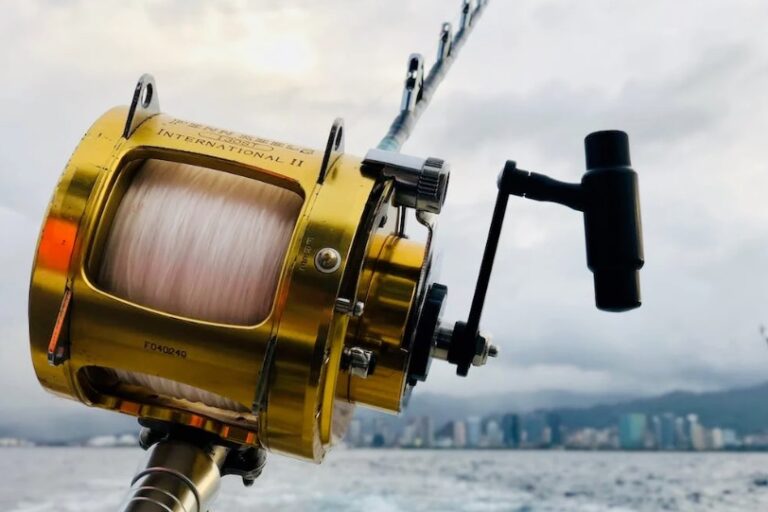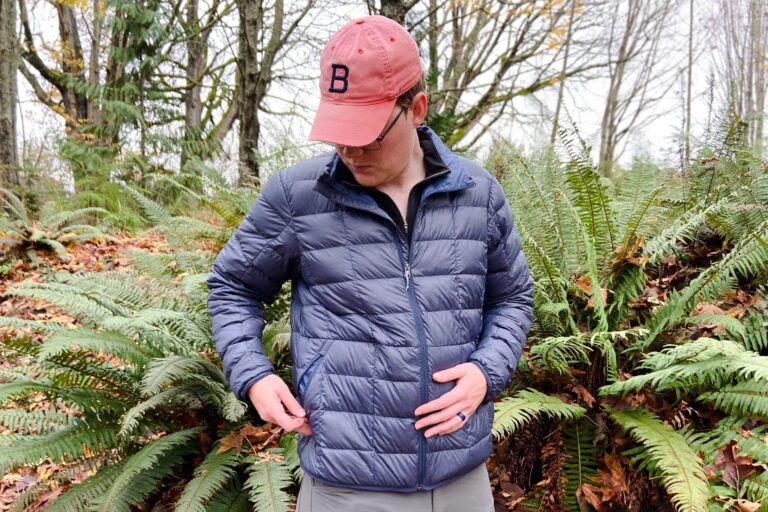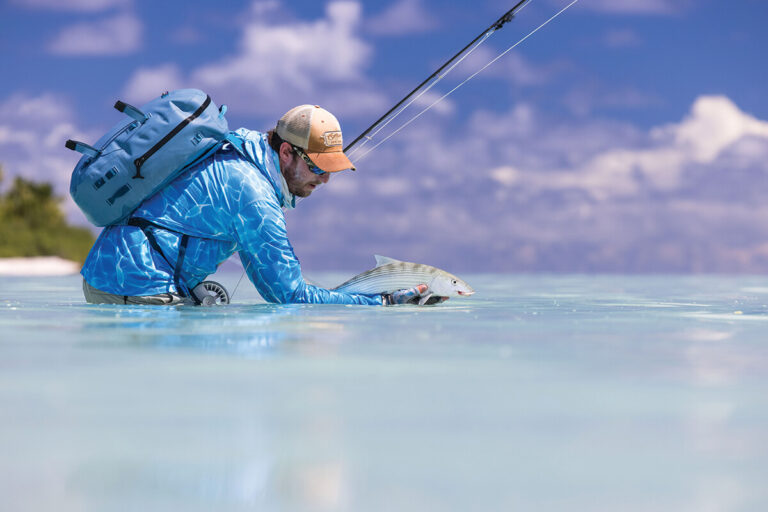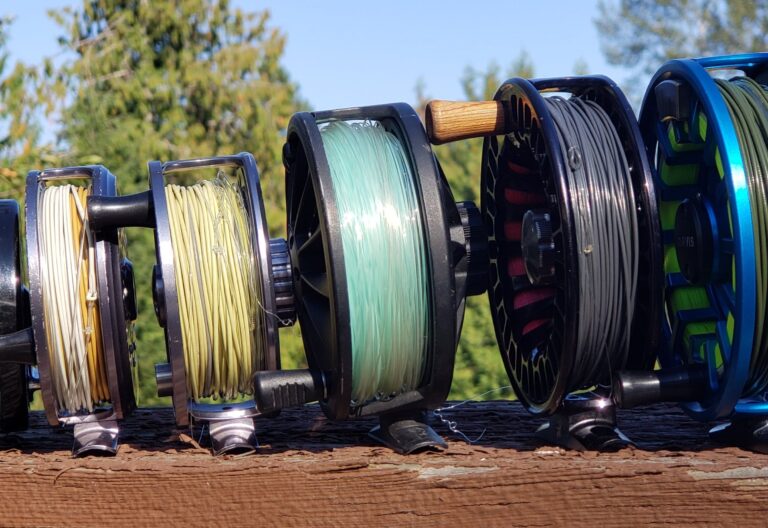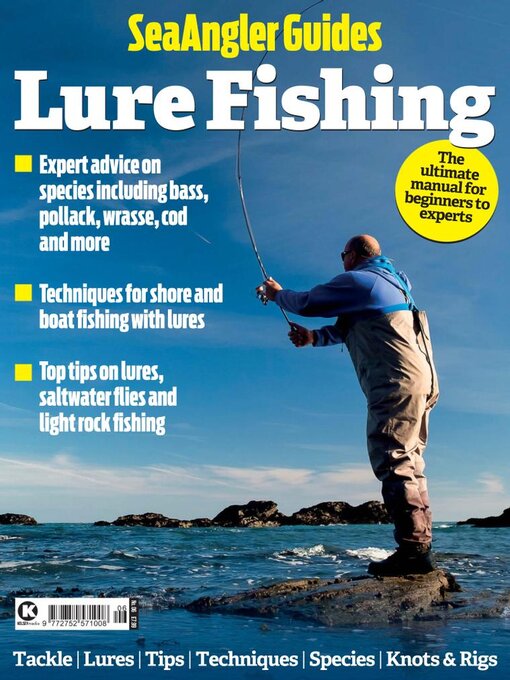Tying fly fishing flies is an art that requires skill and precision. This intricate craft involves creating realistic imitations of insects, minnows, and other small aquatic creatures that entice fish to bite.
Whether you are a seasoned fly fisherman or a beginner just starting out, learning to tie your own flies can be a rewarding and fulfilling experience. Not only does it give you a greater understanding of the techniques and materials used in fly fishing, but it allows you to customize your flies to target specific species or match local hatch patterns.
In this article, we’ll explore the fundamentals of tying fly fishing flies, including the tools and materials you’ll need, basic tying techniques, and tips for achieving the perfect end result.
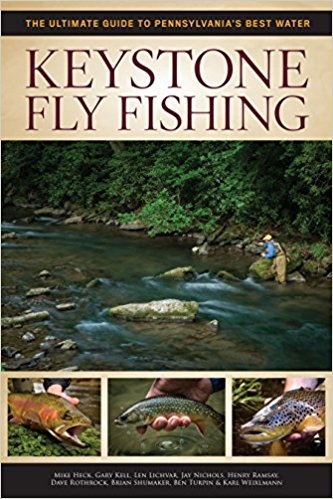
Credit: www.flyfishersparadiseonline.com
Basic Materials For Fly Tying
What Materials Do You Need For Fly Tying?
Before delving into the intricate world of fly tying, it is imperative to know the basics of what materials you need. The following are the essential fly tying materials that you will need:
- Hook: Choosing the right hook size and shape is essential.
- Thread: Durable, high-quality thread makes for a strong fly and makes it more resilient.
- Feathers: Each feather has a unique purpose, and it adequately imitates the living insect or baitfish.
- Dubbing: Fur, wool, and synthetic materials make good dubbing.
- Beads, wires, and tinsels: These materials add color, weight, and texture to the fly.
- Cement: Cement secures all the materials to the hook and provides durability.
Why Are These Materials Important?
The materials used in fly tying can significantly affect the fly’s appearance, movement, and effectiveness. As such, understanding why these materials are important is critical:
- Hook: Choosing the right size, shape, and weight of the hook can significantly affect the fly’s movement and effectiveness.
- Thread: The thread serves to secure all the materials to the hook and provides the necessary strength to withstand the harsh environment.
- Feathers: Feathers mimic the living insect or baitfish and add life and movement to the fly, making it an irresistible treat for fish.
- Dubbing: Dubbing serves as the body and legs of the fly, making it look more realistic and natural.
- Beads, wires, and tinsels: These materials add flash, texture, and weight to the fly, making it more attractive to fish.
- Cement: Cement secures all the materials to the hook, making the fly durable and long-lasting.
Where Can You Buy These Materials?
Many online stores and fly shops cater to fly tying materials such as feathers, threads, beads, and dubbing. Here are a few stores where you can purchase these materials:
- Orvis: Orvis is a well-known store that has a vast selection of fly tying materials.
- Flyfishusa: Another online store that caters to fly tying materials, especially essentials like high-quality threads.
- J. stockard fly fishing: This store provides a wide selection of feathers, beads, and dubbing, which are available for purchase online.
- Local fly shops: Visiting local fly shops is always a good option. Not only can you purchase materials, but you can also gain valuable tips and guidance from seasoned anglers.
By understanding the basics of fly tying materials, you will have a solid foundation for creating effective and attractive flies. With the right materials and techniques, you can create a fly that is irresistible to fish and will undoubtedly enhance your fly-fishing experience.
Step-By-Step Guide To Tying Flies
How Do You Select The Right Hook?
Selecting the right hook is crucial for tying successful flies. Here are some key points to keep in mind when choosing the right hook:
- Choose a hook that matches the size and shape of the insect or baitfish you are trying to imitate.
- Determine the fishing conditions, such as water clarity, and select a hook that can handle the desired size and weight of the fish you are targeting.
- Consider the type of fish you want to catch, as different hooks work better for different species.
- Look for high-quality hooks that are strong, sharp and rust-resistant.
What Are The Basic Tying Techniques?
Before you get started with fly tying, it is essential to understand some basic techniques. Here are some key points:
- Thread control is vital for successful fly tying. Learn to apply consistent pressure and avoid breaking the thread.
- Use scissors to trim materials, and a bobbin to hold the thread and wrap it around the hook.
- Learn to position the materials on the hook in a way that ensures balance and proper movement.
- Practice proper tension when tying materials to secure them in place.
What Are The Different Flies You Can Tie?
Fly fishing flies come in different shapes, sizes, and styles. Here are some types of flies you can tie:
- Dry flies, designed to float on the surface of the water to imitate insects like mayflies, caddisflies, and stoneflies.
- Wet flies, which sink below the surface to lure fish.
- Nymphs, or underwater flies that imitate insect larvae and other small aquatic organisms.
- Streamers, or larger flies that mimic baitfish, crayfish, and leeches.
How Do You Tie A Specific Fly?
Tying a specific fly requires following the pattern specific to each fly type. Here are some key points to keep in mind:
- Gather all the materials needed for the fly pattern.
- Secure the hook in the vice and thread the bobbin with the appropriate thread.
- Start with the basic techniques like wrapping the thread and securing the tail, then add additional components in the specific order indicated in the pattern.
- Tie the materials securely in place, and add finishing touches like trimming excess materials and adding head cement.
Remember, practice makes perfect. Keep practicing your tying techniques and experimenting with different materials and patterns to develop your own unique flies that attract fish in your preferred fishing locations.
Advanced Techniques And Tips
Fly fishing is a popular outdoor activity that requires patience, skill, and the right equipment. One of the essential skills in fly fishing is tying your own flies. As a beginner, you may start with basic techniques, but as you advance, you can experiment with more advanced techniques to get the perfect fly.
In this blog post, we’ll walk you through the advanced techniques and tips you need to know to perfect your flies and catch more fish.
What Are The Different Advanced Techniques?
Advanced techniques require a higher level of skill and focus, but the results are worth it. Here are some advanced techniques you can use to tie your flies:
- Spinning: This technique involves spinning materials such as deer hair or wool to create a tight rope-like shape that creates a fly’s body.
- Stacking: This technique involves stacking two or more colors of hair or feathers on top of each other to create a more realistic-looking fly.
- Parachute: This technique is ideal for creating flies that float well in the water. It involves tying a post perpendicular to the hook shank, then wrapping hackle around the post to create a parachute.
- Weaving: Weaving involves crossing two materials over each other and weaving them to create a sturdy and durable fly.
What Are The Tips For Perfecting Your Flies?
Making mistakes is part of the learning process, but there are a few things to keep in mind that will help you perfect your flies. Here are some tips:
- Practice: The more you practice, the better you become. Start with simple patterns and gradually work your way up to more complex patterns.
- Use quality materials: Quality materials will make a difference in the durability and appearance of your flies.
- Experiment with different materials: Different materials can create different effects in your fly. Try different materials and combinations to see what works best for you.
- Pay attention to details: Every step of the tying process is crucial to the final product. Pay attention to the details and take your time to ensure perfection.
How Do You Experiment With Different Fly Combinations?
The best way to experiment with different fly combinations is to start with the basics and gradually work your way up. Here are some tips:
- Start with basic patterns: Start with basic patterns and gradually add or change materials to see how the changes affect the fly.
- Keep track of your experiments: Write down the materials used and the results of each experiment to keep track of what works and what doesn’t.
- Seek advice: Consult with other fly-fishing enthusiasts to get advice and ideas on different fly combinations.
By following these advanced techniques and tips, you will be on your way to creating the perfect fly for your next fishing adventure. Remember to practice regularly, pay attention to details, and experiment with different materials to see what works best for you.
Happy fly-tying!
Conclusion
The art of tying fly fishing flies is a delicate yet rewarding pursuit. The process of creating these small, intricate pieces requires patience, attention to detail, and a passion for the sport of fly fishing. While some may be intimidated by the thought of tying their own flies, the benefits are numerous: not only are homemade flies often more effective than store-bought options, but they allow for a deeper connection to the fishing experience.
Whether you are just starting out or are a seasoned angler, taking the time to learn and master the art of fly tying is a worthwhile endeavor. By honing your skills and experimenting with different materials and patterns, you will gain a greater appreciation for the intricacies of the sport and increase your chances of landing that prized catch.
So, don’t hesitate – grab your tools and get tying!

